With the screams of kids enjoying carnival rides and the wafting smells of fried foods, the telltale signs of the Northwest Washington Fair can mean only one thing: early autumn is just around the corner. However, if this year’s weather proves anything like last year—and frankly, many years—we still have nearly two months of summerlike weather ahead of us, so now is no time to give up on the garden. As you enjoy the pleasant weather, here are a few things to check off your to-do list to keep your lawn and garden in shape this month.
First, if you’ve kept your lawn watered at least semi-regularly this summer, chances are good that your lawn is getting invaded by crabgrass this time of year. Unlike some grassy weeds, crabgrass dies in the winter and doesn’t sprout until late spring, so it can sneak up on us when it suddenly rears its ugly head in July and August. Noted by its coarse, fuzzy blades, flat growth habit—which makes it hard to mow—and red-tinged stems in late summer, crabgrass is an unwelcome sight in any lawn.
Thankfully, crabgrass is easy enough to control. To kill existing crabgrass, spray your lawn with a lawn weed killer labeled for killing crabgrass–we recommend and sell BioAdvanced Lawn Weed & Crabgrass Killer specifically for crabgrass control. Keep in mind that many lawn weed killers only tackle broadleaf weeds like dandelions and clover, so be sure to buy a product specifically labeled for crabgrass. To prevent the return of crabgrass next year, apply a preemergent herbicide in the spring like Bonide Crabgrass Plus, which works very well at preventing crabgrass, other grassy weeds, and hundreds of other broadleaf weeds. Crabgrass Plus should also be applied between late August and early September to prevent weeds from creeping into your lawn over the fall and winter months.
Second, August is the prime time to apply an insecticide to keep cranefly larvae and other lawn grubs from damaging your turf over the fall and winter months. As the days get shorter, adult craneflies lay eggs in lawns, with each female laying as many as 300 eggs. Once hatched, cranefly larvae can feed on grass roots over the winter, so treating in late summer or early autumn with a product like Bonide Eight granules can help keep cranefly populations in check. Additionally, treating your lawn with insecticide discourages grub-eating moles, forcing them out of your lawn to hunt for greener pastures.
Third, if your hanging baskets or pots are still growing but looking a little leggy and tired, there’s still plenty of growing season left to enjoy them, so rejuvenate your plants with a light haircut—trim back by no more than one third—and feed with a phosphorus-rich fertilizer like Jack’s Blossom Booster to encourage more plentiful flowers. And if your plants are looking yellowed and hungry even with regular feeding, they may be iron-deficient and benefit from feeding with Jack’s Petunia Feed, which has extra iron to green up hungry plants.
Fourth, mid-August is a good time to begin to thin your tomatoes and trim back the foliage to encourage the fruit to ripen. Hot summers the last few years have been great for growing tomatoes in the Pacific Northwest, but not every year gives us enough heat to produce a bumper crop—or even get many ripe fruits before fall. To encourage fruit to ripen and to prevent blight, I typically strip most of the leaves off my tomatoes in mid-to-late August and cut off any small, undeveloped fruits. Without the leaves, the extra sunlight will ripen the fruit faster, and without the extra undersized fruit, the plant can put more energy into developing those fruits that are closer to maturity.
Finally, take the time to simply enjoy being outside while the weather is still so nice. Studies have shown that twenty minutes a day spent in nature reduces cortisol, a common stress hormone, and even five minutes a day observing nature can improve blood pressure, heart rate, and muscle tension. So, the next time your spouse finds you relaxing on the patio on a nice evening while you admire your plants, be sure to tell them it’s for your health. After all, we garden for the joy of it, and in the end, we get back more than we give.

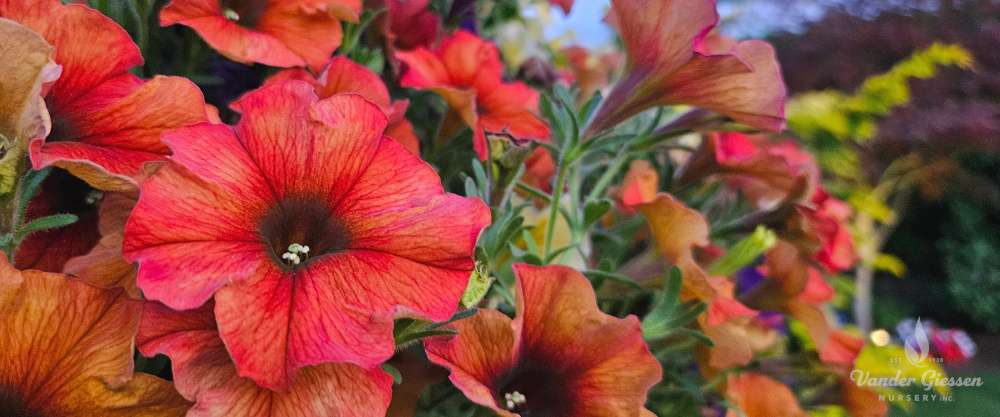
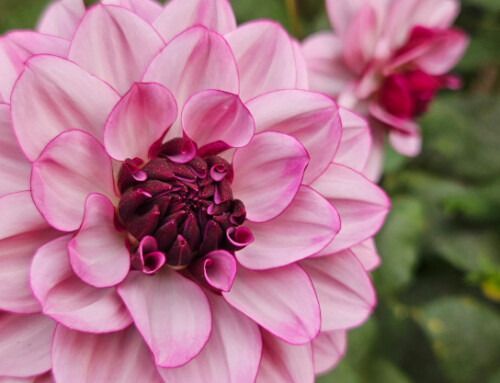
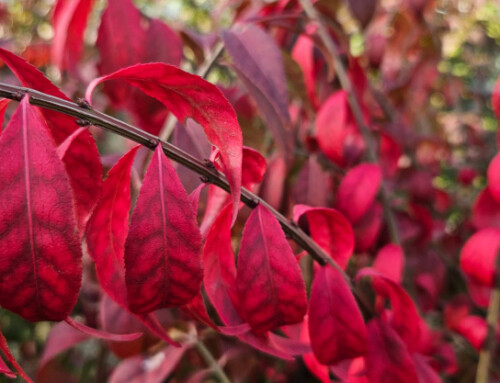
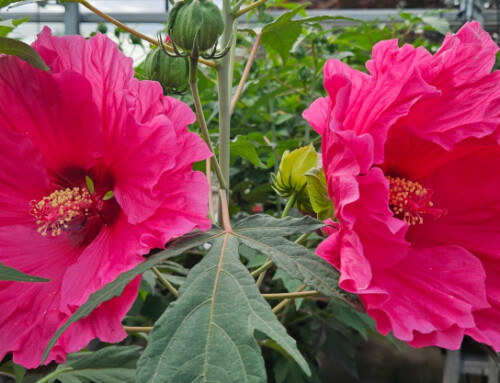
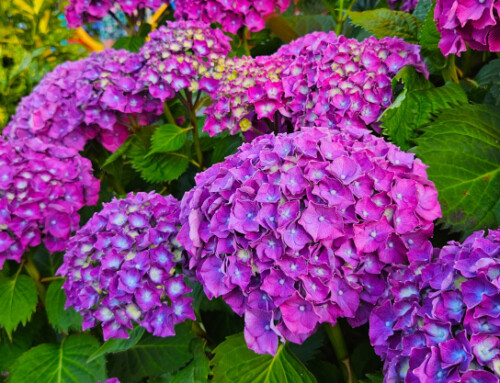
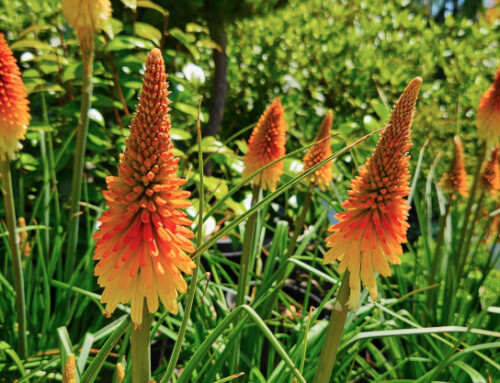
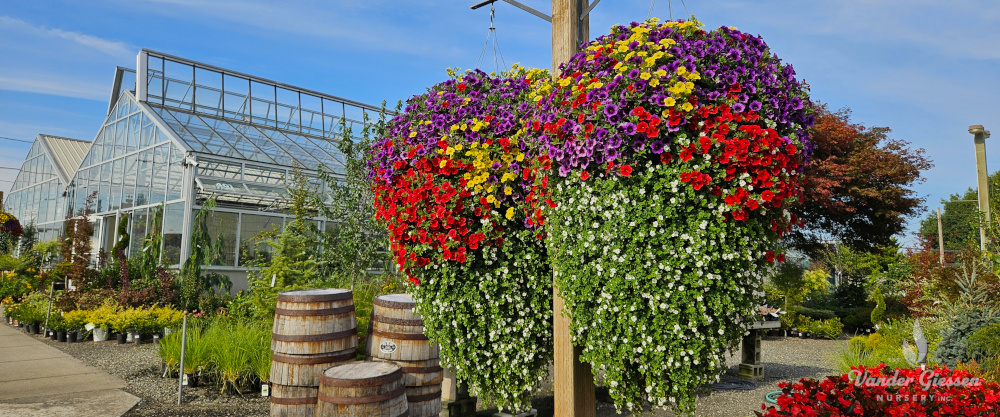
Leave A Comment